The name of the phylum is derived from the presence of an endoskeleton of calcareous ossicles (Greek: echinos– hedgehog, derma– skin).
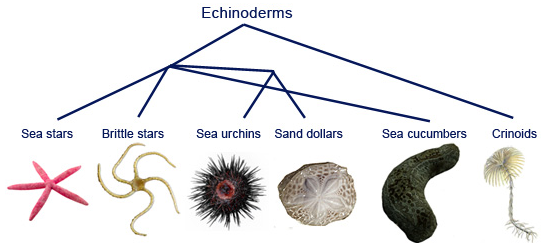
Habitat: All echinoderms are exclusively marine.
Body plan: The members have organ-system level of organisation.
Examples:
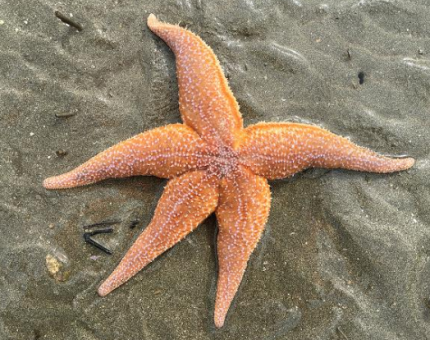
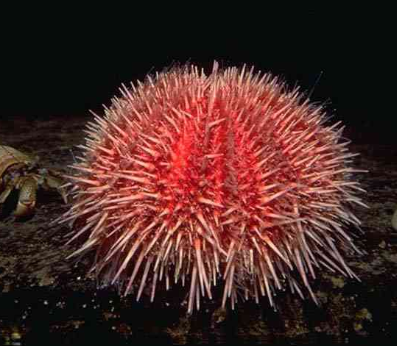
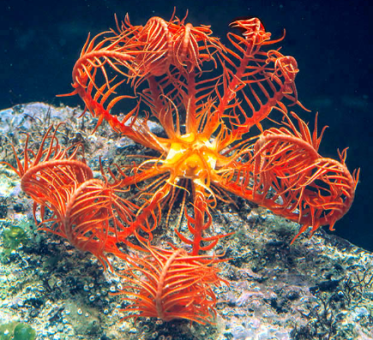
Asterias (Star fish) Echinus (Sea urchin) Antedon (Sea lily)

Cucumaria (Sea cucumber) Ophiura (Brittle star)
Symmetry: The adult echinoderms show penta-radial symmetry but larvae are bilaterally symmetrical.
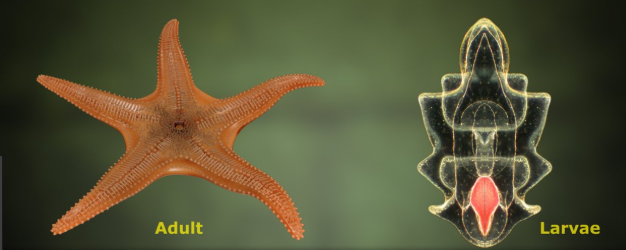
Germ layer: They are triploblastic and coelomate animals. Body wall has three layers – an outer epidermis, a middle dermis and an inner peritoneum.
Body characteristics:
- They do not have a distinct cephalization.
- The most distinctive feature of echinoderms is the presence of water vascular system which helps in locomotion, capture and transport of food and respiration. It is developed from a part of the embryonic coelom.
- Respiratory structures vary in different members.
- Papillae in Starfish.
- Peristomial gills in sea urchin.
- Genital bursae in brittle star.
- Cloacal respiratory tree in Holothurians.
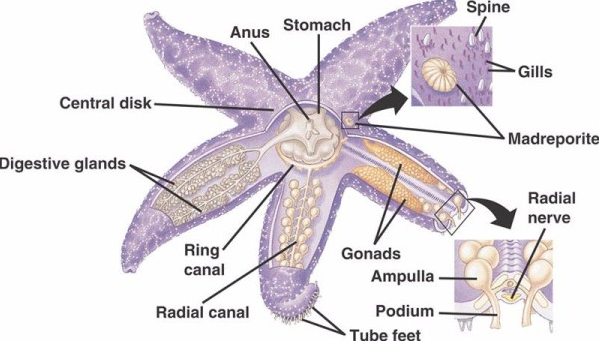
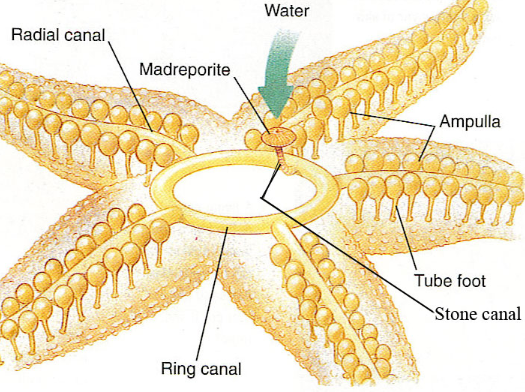
Physiology:
- Digestive system is complete with mouth on the lower (ventral) side and anus on the upper (dorsal) side.
- An excretory system is absent.
- Nervous system and sensory organs are poorly developed.
Reproduction: Sexes are separate. Reproduction is sexual.
Embryo Development: Fertilization is usually external. Development is indirect with free-swimming larva.